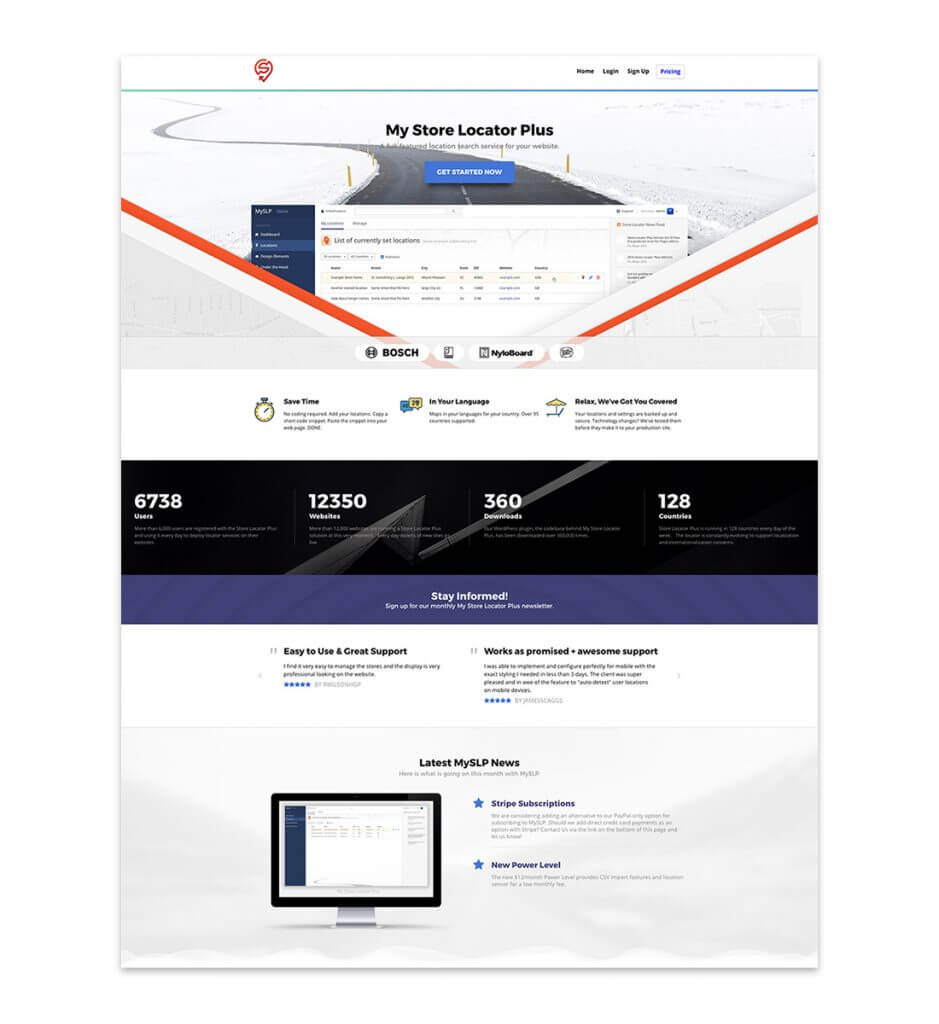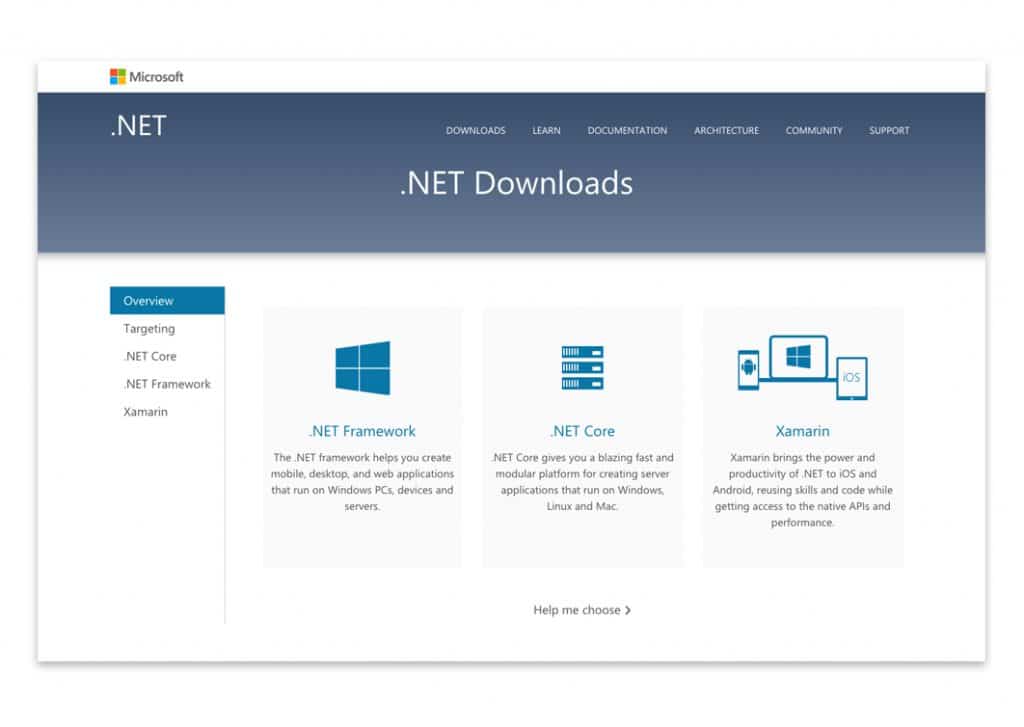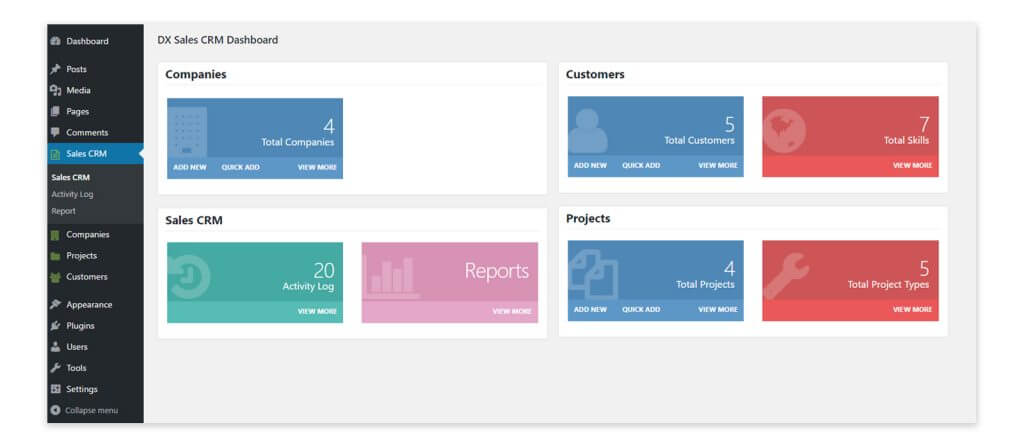In the second half of our conversation, we went a bit deeper and started folding back the more technical layers that turned out to be very helpful and instructive for businesses considering creating a SaaS model using WordPress.
REST API and ReactJS Integrated WordPress SaaS Models
Bob: Okay – let’s switch gears and talk a little bit about REST API and ReactJS integration. So how did you apply those lessons and experience to your latest MySLP project which you’re currently working on – this uses REST API and React and is based on WordPress Multi-site.
Mario: Yeah, so we have launched a new SaaS that’s called MySLP. It’s my.storelocatorplus.com. It’s a locator-based service for all kinds of businesses that need to integrate a map with their stores, restaurants or employees. So the way we approached this was, my co-founder, the original ideator of the project, owns the largest plugin in locator services in WordPress and it’s a great product. The problem was that he would often get these requests that were related to customers running on a Python, Ruby or dot-net (https://www.microsoft.com/net/download) website so how would we integrate their solution there – there was really no way to do that.
Or he would also work with two of the largest telecoms in the US and other enterprise companies that needed a specific server space only for setting up their WordPress websites only to be able to provide that functionality which is insane because they have would have a ton of other systems they’d want to integrate it with. Additionally, the vast majority of support requests are related to really tricky issues, you know with poorly colored themes or other plugins that are incompatible, or terrible hosts. So my co-founder said he wanted to systemize this and make sure it runs on our system that’ll be high-performing and very secure and allow people with non-WordPress websites to integrate as well.
Since we started late in 2015, the REST API was already a thing and we really wanted to have a very flexible and modern infrastructure and UI layer for both the frontend and backend. This is why we relied on our favorite WordPress multisite, then we added a rest API on top of that in order to be able to communicate between the different layers of the site and between the top site and all the subsites in order to aggregate data. We’ve also used ReactJS in order to provide more powerful card views, street views, table views, map views – for people who need different things.
The inception of the REST API and the integration within the WordPress core itself is something which really empowers users and business owners to create a more powerful and robust product and kind of compete with the top players in the market.
Can the WP Community Help to Market Your SaaS Products?
Bob: So you’re using a WordPress product – an open source software. Do you think that the WordPress community would help you market your SaaS products? Is there any correlation between the two?
Mario: I don’t think so. You know, in general the WordPress community itself is hardly ever interested in what happens outside of the WordPress community, which is really interesting because, you know, for me coming from an engineering background and being a member of other communities and still attending events held by other communities, I’m really interested in finding out what happens in technology as a whole, marketing as a whole, in advertising and everything involved in the WordPress and other communities.
For the most part, in the WordPress community, people in WordPress are interested in other people in WordPress. So from that kind of perspective it’s kind of hard to get any real exposure, promotion or anything for boosting a kind of SaaS product outside of the WordPress community – even if it’s based on WordPress. This is why our focus is mostly on business, entrepreneurial, marketing and startup communities that are more related to what we need. The only exception to that is having different solutions that are geared toward other sectors like journalism, bloggers, and other PR firms or anything else that may essentially allow to promote our product as a whole. But otherwise, in general, the WordPress community is not really the place when you’d like to promote a SaaS product unless you connect with the big online magazines and blogs that will just feature you and relay your name to WordPress itself.
Why Stick With WordPress for your SaaS model?
Bob: So Mario, last question is about getting a bit outside of WordPress. In many of your talks you mentioned that WordPress and SaaS is a good idea because it helps you do a safer model development. So while relying on the WordPress framework as user management, payment system, multi-site there are some backend as a services such as firebase and backendless that help you build your product while they take care of the heavy duty tasks like cloud technology, rest API, authentication and so on. What are the benefits then that keep you on WordPress?
Mario: Essentially there are several different points to make here. So the first one is the part of WordPress in terms of already existing solutions both as WordPress themes and WordPress plugins that you can use as a basis. To give you an example, we have a premium plugin which is a CRM system on top of WordPress which is called DX Sales CRM.
So it’s very powerful but the core itself is very simple because customers who just need a lightweight product can just install the Sales CRM and use it as is. Other clients can install different plugins and add in different things to different layouts in order to extend the functionality. What I’m saying is that you don’t need to make that complicated and large core product in order to have powerful functionality.
With WordPress you can make it as modular as possible and allow people to install the different nuggets and breadcrumbs they want to extend the functionality of the product.
Another thing is that most of those solutions are not really powerful in terms of having the best flexibility out there. And essentially when you build a SaaS product you need something that’s extremely flexible. Once you get the right traffic and you’d like to improve your conversions and make the small adjustments that are really going to make the difference any of the far-based products and services out there that are building the backend are not going to let you do that.
There are some startups in the WordPress space that may help you with that problem, like Stratify. Stratify is kind of a cloud as a service environment where you can host your products and configure your products but on top of having the hosting environment itself they will also handle billing, recurring reminders for payments, subscriptions, etc. So if you’re looking for a hybrid solution so that you have the maximum flexibility out of a product while leveraging the ability to handle transaction, billings and hosting deployments.
Final thoughts on WordPress SaaS Models?
Mario gave us a lot of details, explanations and guidance in understanding the many facets of using WordPress as a SaaS. In short, we realized that transitioning to a SaaS model using WordPress is a bit like an iceberg; much of the core (and danger) lies beneath the surface. Mario has helped us realize even more so that we need to inspect this option as much as possible before taking that dive.
As customers of our services and product, your feedback, suggestions and comments on WordPress as a SaaS is very important to our vision and decisions. Have some thoughts you’d be willing to share? Let us know in the comment section below.







No comment yet, add your voice below!